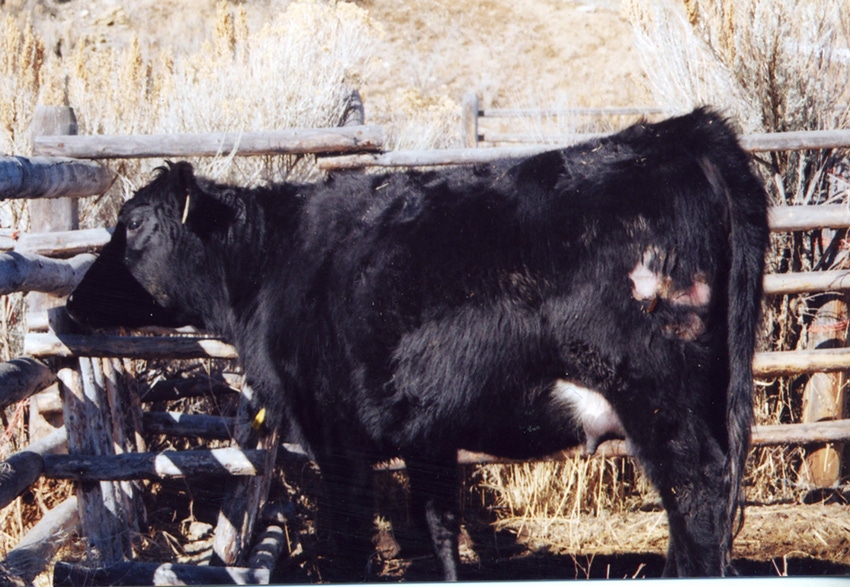Wintertime is high time for lice infestations. If you see evidence of scratching or rubbing, the time to act is now.
December 15, 2016

As any rancher who has dealt with a lice outbreak in his herd knows, lice are largely a winter problem. “When lice populations are heavy enough to cause cattle to be visibly scratching, we know that the animals are not performing optimally, whether they are feeder cattle or pregnant cows about to calve and start lactating,” says Russ Daly, Extension Veterinarian with South Dakota State University.
“Other operations, such as purebred breeders, are also interested in the cosmetic effects of hair loss. These operations, whether they can actually see signs of lice or not, should consider a January or February treatment for lice, to knock populations down before the cattle get to the point of rubbing and itching,” he says.
Lice infest cattle all year, but numbers are usually low in summer because most of them are shed off in the spring with winter hair and don’t survive well in hot temperatures. Producers generally don’t need to treat if a few show up in late March or early April, because the population won’t grow at that late date. Even on untreated cattle, lice numbers are dropping at a rapid rate by that time.
“Lice don’t survive very well in heat. If the cow is standing in bright sunlight in summer, the temperature on the skin may go up to 115 to 120 degrees F,” explains Doug Colwell, livestock parasitologist with Agriculture and Agri-Food Canada, Lethbridge, Alberta. Lethal limit for adults and eggs is about 104 degrees F. “Adult lice are dying off and not reproducing, so the population crashes when weather warms up.”
Some animals, due to poor immune function or other factors, are more vulnerable to extensive lice populations, and transmit lice to the other cattle in the herd. “This is the old 80-20 rule; about 80% of the cattle don’t have lice and 20% do, for some reason. The carrier animals always have heavy loads, and general recommendation is to cull those,” says Colwell. Cattle with lice readily pass them to herdmates through direct contact, since cattle are social animals.
By Heather Smith Thomas
About the Author(s)
You May Also Like



